But though the state thinks telemedicine is the next frontier in public health, Maharashtra’s districts lack a credible network.
But though the state thinks telemedicine is the next frontier in public health, Maharashtra’s districts lack a credible network.
Anil Kumar Das (name changed) has only his doctors to thank for his voice. This businessman from Assam has cancer of the vocal chords, but since it is in the early stages, and therefore curable, doctors in his home state were in a dilemma. They first thought Das should undergo surgery as a one-time cure; last week they decided to administer him a three-week radiotherapy course.
It took the doctors at the Brahmaputra Diagnostics and Hospital, Dibrugarh, exactly 10 minutes to arrive at the decision, thanks to a new technology that is revolutionisng healthcare across the country: Telemedicine. Although 3,185 miles away, the doctors could not only consult head and neck specialists at Tata Memorial Hospital (TMH), Mumbai, for a second opinion, but also get Das examined by them online.
From their conference room in Mumbai, surgeon AK D’Cruz and radiologist JP Agarwal only needed to hear Das’ voice to decide that radiotherapy would work in his case. “It was necessary to see the patient and hear him speak before recommending treatment,” said Dr D’Cruz. “Telemedicine made that possible even though Das was far away. The technology saves the patient long, expensive journeys to speciality hospitals just for an examination.”
“Telemedicine makes a mockery of distances,” said Dr Sanjay Bavdekar of King Edward Memorial (KEM) hospital, Mumbai. “In rural India, where healthcare facilities and infrastructure are poor, where people have to travel long distances to reach a doctor, telemedicine has been a boon.”
Telemedicine allows even the poorest sections of society access to better healthcare. Now a cardio patient from the Khasi hills in the Northeast can get the best consultation from Bangalore’s Narayana Hrudalaya, or a tribal from the Chhotanagpur can speak to specialists at TMH.
Even as the state government thinks that telemedicine is the next frontier in public health, Maharashtra’s districts lack any credible network. The state has been slow off the telemedicine block when compared to Tamil Nadu, Andhra Pradesh, Karnataka and much of the Northeast. Despite its reputation as a premier healthcare destination, only a few hospitals in the state are tele-linked. Even some of the big-ticket private hospitals in Mumbai do not know about telemedicine.
In the city, TMH is the only hospital offering telemedicine, that too just for cancer and related ailments. The hospital is connected to 28 medical institutions across the country, including 13 regional cancer centres. It also serves two districts in the state — Derwan, with which it conducts regular teleconferencing, and Barsi, where it offers telepathology, through which patients can send their case profiles to TMH online for examination and consultation by in-house doctors, who then e-mail their recommendations.
Remote centres, however, vouch for the advantages of TMH’s online exchange. “Between 300 and 400 patients have benefited from telemedicine at our hospital,” said Farooq Wani of Srinagar’s Sher-e-Kashmir hospital, the largest in Jammu & Kashmir. “Telemedicine is particularly helpful in the winter, when our state is cut off from the rest of the country.”
It is so during emergencies, too. During the 2005 earthquake in J&K, make-shift telemedicine centres were set up in the affected areas of Kupwara and Uri and patients were treated by tapping into the expertise at the best hospitals in the country.
The link with TMH has helped about 10 per cent of Sher-e-Kashmir’s patients: A considerable number if one considers that this is only cancer-related. At the B Barooah Cancer Institute (BBCI), Guwahati, the exchange with TMH has actually helped educate and embolden doctors to try new kinds of treatment. “We are lagging behind institutes such as TMH in cancer research,” said Dr Ashok Das of the BBCI. “But talking to doctors at TMH has also updated our staff on the latest in this field.” In a few months, KEM will also offer telemedicine following a recent MoU signed between the state and the Indian Space Research Organisation (Isro). The government hospital will get connected to the four district hospitals of Beed, Nandurbar, Sindhudurg and Latur, as well as the BMC-run VN Desai hospital in the city.
“About 45 per cent of patients at KEM come from outside Mumbai, mainly from Sindhudurg,” said Dr Bavdekar, who will head the new venture. “There is a great need for telemedicine facilities in the districts.” The KEM set-up — Isro will supply the bandwidth and necessary equipment free of cost; the hospital will have to chip in with a room — is expected to serve five lakh people in the districts, including the tribal belt of Nandurbar.
Smaller hospitals and clinics in the state are hooked up to telemedicine services from outside — the Ramakrishna Mission and the Air-India hospitals are linked to Sankar Nethralaya in Chennai, while some clinics in and around Pune are connected online with the Apollo Telemedicine Network Foundation, Hyderabad.
![submenu-img]() Ganesh Chaturthi 2024 shubh muhurat: Check city wise puja timings, visarjan date, and bhog for Ganpati Bappa
Ganesh Chaturthi 2024 shubh muhurat: Check city wise puja timings, visarjan date, and bhog for Ganpati Bappa![submenu-img]() 'Leaders in Delhi never liked me…’ Omar Abdullah alleges poll 'conspiracy'
'Leaders in Delhi never liked me…’ Omar Abdullah alleges poll 'conspiracy'![submenu-img]() Boney Kapoor announces new film, its title has a Mr India connect: 'Probably by December we...'
Boney Kapoor announces new film, its title has a Mr India connect: 'Probably by December we...'![submenu-img]() Meet actress, who worked for 17 hours straight on toxic sets, her mental health was affected, left industry, is now...
Meet actress, who worked for 17 hours straight on toxic sets, her mental health was affected, left industry, is now...![submenu-img]() Over 200 Patients celebrate freedom from diabetes in Madhavbaug's nationwide campaign 'Azadi Diabetes Se'
Over 200 Patients celebrate freedom from diabetes in Madhavbaug's nationwide campaign 'Azadi Diabetes Se'![submenu-img]() Haryana Assembly Election 2024: हरियाणा में कांग्रेस प्रत्याशियों की पहली लिस्ट जारी, इस सीट से चुनावी मैदान में उतरी विनेश फोगाट
Haryana Assembly Election 2024: हरियाणा में कांग्रेस प्रत्याशियों की पहली लिस्ट जारी, इस सीट से चुनावी मैदान में उतरी विनेश फोगाट![submenu-img]() Hathras Accident: यूपी के हाथरस में बड़ा सड़क हादसा, 15 लोगों की मौत, कई घायल
Hathras Accident: यूपी के हाथरस में बड़ा सड़क हादसा, 15 लोगों की मौत, कई घायल![submenu-img]() Weather Alert: महाराष्ट्र-गुजरात में जोरदार बारिश, आंध्र-तेलंगाना में बाढ़, जानें दिल्ली-एनसीआर के लिए क्या है अलर्ट
Weather Alert: महाराष्ट्र-गुजरात में जोरदार बारिश, आंध्र-तेलंगाना में बाढ़, जानें दिल्ली-एनसीआर के लिए क्या है अलर्ट![submenu-img]() J-K विधानसभा चुनाव: 'आर्टिकल 370 को हम कभी वापस नहीं आने देंगे', अमित शाह ने जारी किया BJP का संकल्प पत्र
J-K विधानसभा चुनाव: 'आर्टिकल 370 को हम कभी वापस नहीं आने देंगे', अमित शाह ने जारी किया BJP का संकल्प पत्र![submenu-img]() Kanhaiya Lal Murder: कन्हैयालाल हत्याकांड में दूसरे आरोपी जावेद को भी मिली बेल
Kanhaiya Lal Murder: कन्हैयालाल हत्याकांड में दूसरे आरोपी जावेद को भी मिली बेल![submenu-img]() DNA Auto Awards 2024: Maruti Suzuki Swift nominated for ‘CAR OF THE YEAR’; check price, features
DNA Auto Awards 2024: Maruti Suzuki Swift nominated for ‘CAR OF THE YEAR’; check price, features![submenu-img]() DNA Auto Awards 2024: Hyundai Alcazar Facelift nominated for ‘CAR OF THE YEAR’; check details
DNA Auto Awards 2024: Hyundai Alcazar Facelift nominated for ‘CAR OF THE YEAR’; check details![submenu-img]() Hyundai Creta Knight Edition launched in India: Check price, features, design
Hyundai Creta Knight Edition launched in India: Check price, features, design![submenu-img]() DNA Auto Awards 2024: Citroen Basalt nominated for ‘CAR OF THE YEAR’; check price, features
DNA Auto Awards 2024: Citroen Basalt nominated for ‘CAR OF THE YEAR’; check price, features![submenu-img]() DNA Auto Awards 2024: Tata Curvv nominated for ‘CAR OF THE YEAR’; check price, features
DNA Auto Awards 2024: Tata Curvv nominated for ‘CAR OF THE YEAR’; check price, features![submenu-img]() UPSC topper IAS Shruti Sharma's marksheet goes viral on social media, check her scores in different subjects
UPSC topper IAS Shruti Sharma's marksheet goes viral on social media, check her scores in different subjects![submenu-img]() Meet man, who lost his mother in childhood, worked as milk seller, cracked NEET exam with AIR...
Meet man, who lost his mother in childhood, worked as milk seller, cracked NEET exam with AIR...![submenu-img]() Meet man who failed 35 exams, cracked UPSC exam twice, first became IPS then quit due to...
Meet man who failed 35 exams, cracked UPSC exam twice, first became IPS then quit due to...![submenu-img]() Meet man, who was forced into child marriage at 11, cracked NEET exam with AIR...
Meet man, who was forced into child marriage at 11, cracked NEET exam with AIR...![submenu-img]() Meet woman who cracked UPSC exam in first attempt without coaching at 22, got AIR 31, she is now posted as…
Meet woman who cracked UPSC exam in first attempt without coaching at 22, got AIR 31, she is now posted as…![submenu-img]() Mumbai: Fire Breaks Out At Times Tower In Mumbai, 9 Fire Units Deployed
Mumbai: Fire Breaks Out At Times Tower In Mumbai, 9 Fire Units Deployed![submenu-img]() 'Dharavi Project Is About Restoring Dignity...', Says Gautam Adani | Dharavi Redevelopment Project
'Dharavi Project Is About Restoring Dignity...', Says Gautam Adani | Dharavi Redevelopment Project![submenu-img]() Kolkata Doctor Case: CBI Visits RG Kar, Seizes Documents On Funds Used During Sandip Ghosh’s Tenure
Kolkata Doctor Case: CBI Visits RG Kar, Seizes Documents On Funds Used During Sandip Ghosh’s Tenure![submenu-img]() Giriraj Singh Attacked: Union Minister Giriraj Singh Assaulted In Begusarai, Bihar; Accused Arrested
Giriraj Singh Attacked: Union Minister Giriraj Singh Assaulted In Begusarai, Bihar; Accused Arrested![submenu-img]() Haryana Assembly Election 2024: Haryana Assembly Election Date Changed, Check Details Here
Haryana Assembly Election 2024: Haryana Assembly Election Date Changed, Check Details Here![submenu-img]() Mukesh Ambani set to challenge Adani, ITC with his Rs 3900 crore plan for...
Mukesh Ambani set to challenge Adani, ITC with his Rs 3900 crore plan for...![submenu-img]() NPCI launches 'UPI circle', check what it is and how it works
NPCI launches 'UPI circle', check what it is and how it works![submenu-img]() Mukesh Ambani's Reliance Jio to give tough competition to BSNL with this plan, it offers 5G data at just Rs...
Mukesh Ambani's Reliance Jio to give tough competition to BSNL with this plan, it offers 5G data at just Rs...![submenu-img]() This company repays Rs 20000 crore debt for... and it has a Ratan Tata connection
This company repays Rs 20000 crore debt for... and it has a Ratan Tata connection![submenu-img]() Meet woman, billionaire's daughter, who studied in London, now leads Rs 1124 crore company as...
Meet woman, billionaire's daughter, who studied in London, now leads Rs 1124 crore company as...![submenu-img]() From Cristiano Ronaldo to Virat Kohli: List of highest-paid athletes in last 12 months
From Cristiano Ronaldo to Virat Kohli: List of highest-paid athletes in last 12 months![submenu-img]() Meet actor who worked as waiter, sold tea, namkeen for 14 years, debuted in Bollywood at 42; now his net worth is...
Meet actor who worked as waiter, sold tea, namkeen for 14 years, debuted in Bollywood at 42; now his net worth is...![submenu-img]() Parents-to-be Deepika Padukone, Ranveer Singh seek blessings at Siddhivinayak with families days before baby's arrival
Parents-to-be Deepika Padukone, Ranveer Singh seek blessings at Siddhivinayak with families days before baby's arrival![submenu-img]() Gout remedies: 7 natural ways to lower uric acid levels in the body
Gout remedies: 7 natural ways to lower uric acid levels in the body ![submenu-img]() Active players with most centuries in international cricket
Active players with most centuries in international cricket ![submenu-img]() 'Leaders in Delhi never liked me…’ Omar Abdullah alleges poll 'conspiracy'
'Leaders in Delhi never liked me…’ Omar Abdullah alleges poll 'conspiracy'![submenu-img]() Over 200 Patients celebrate freedom from diabetes in Madhavbaug's nationwide campaign 'Azadi Diabetes Se'
Over 200 Patients celebrate freedom from diabetes in Madhavbaug's nationwide campaign 'Azadi Diabetes Se'![submenu-img]() 'When we were dragged on roads...': Wrestler Vinesh Phogat slams BJP
'When we were dragged on roads...': Wrestler Vinesh Phogat slams BJP![submenu-img]() India emerges as second-largest global 5G smartphone market, overtakes...
India emerges as second-largest global 5G smartphone market, overtakes...![submenu-img]() Union Home Minister Amit Shah releases BJP manifesto for J&K assembly elections
Union Home Minister Amit Shah releases BJP manifesto for J&K assembly elections
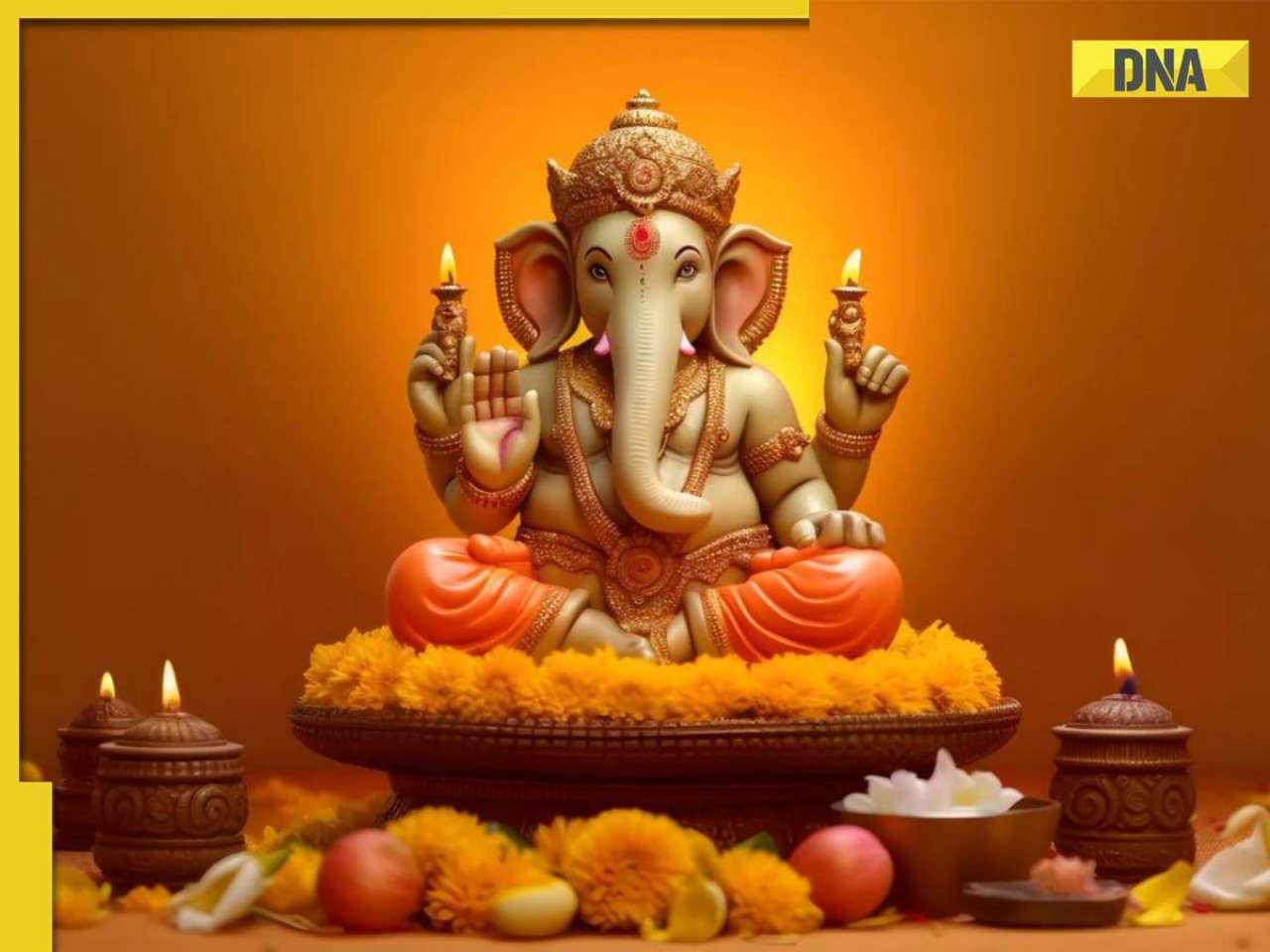

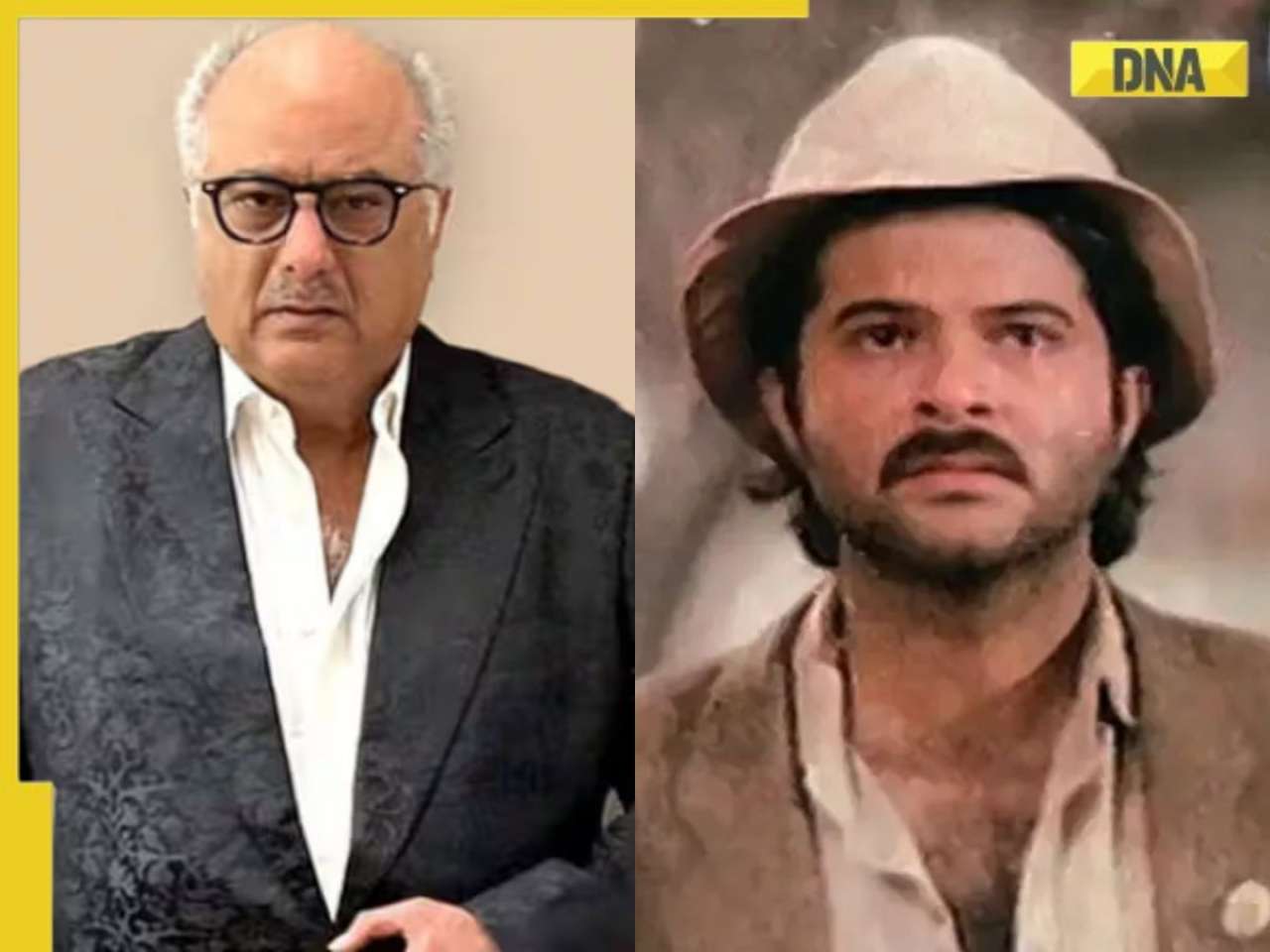

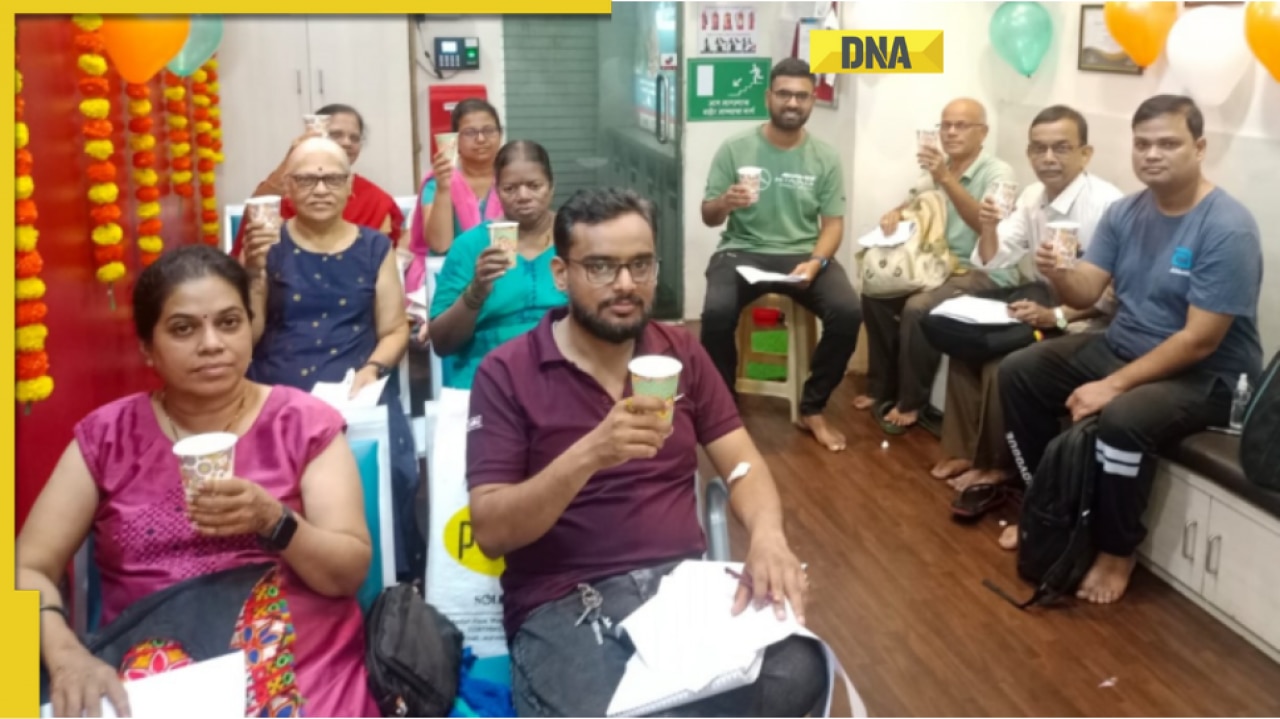





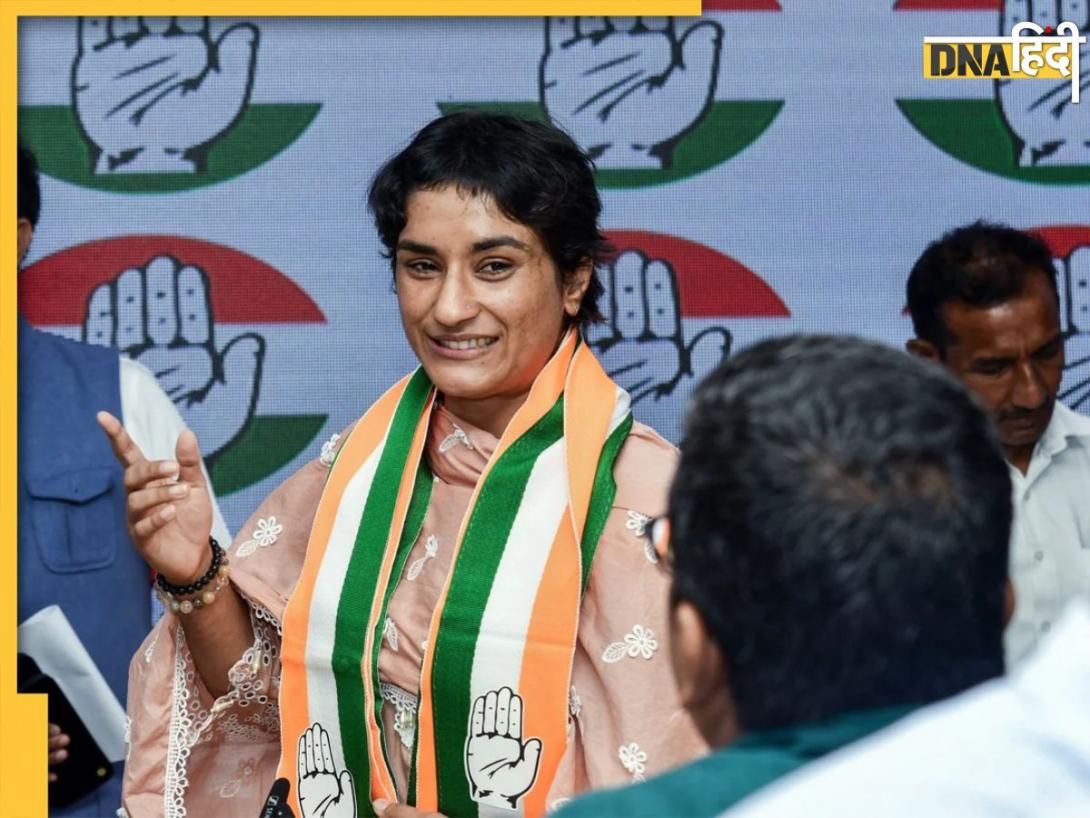
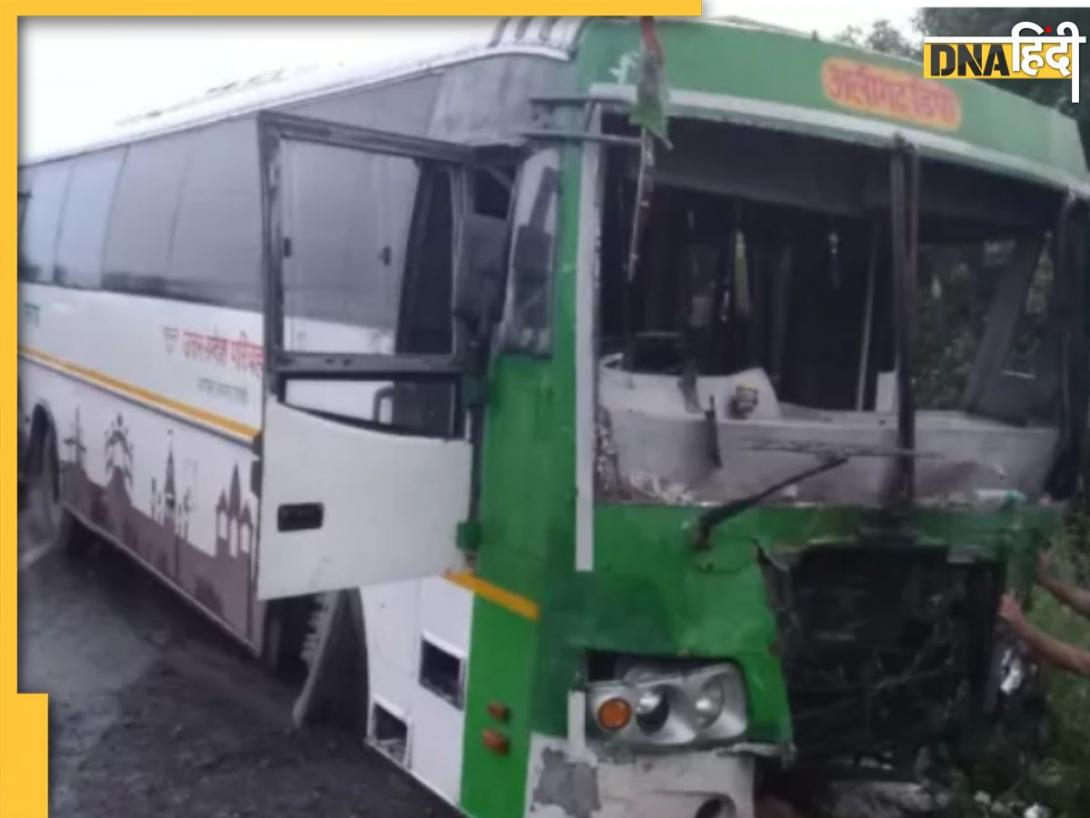
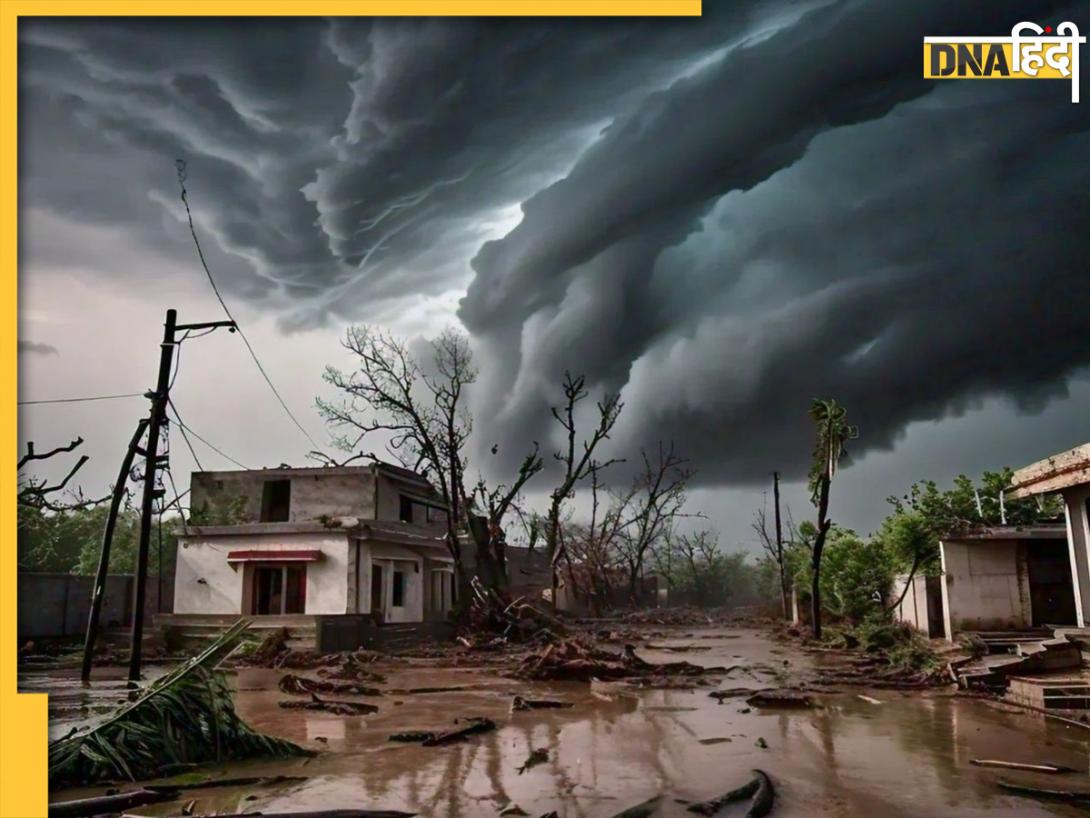
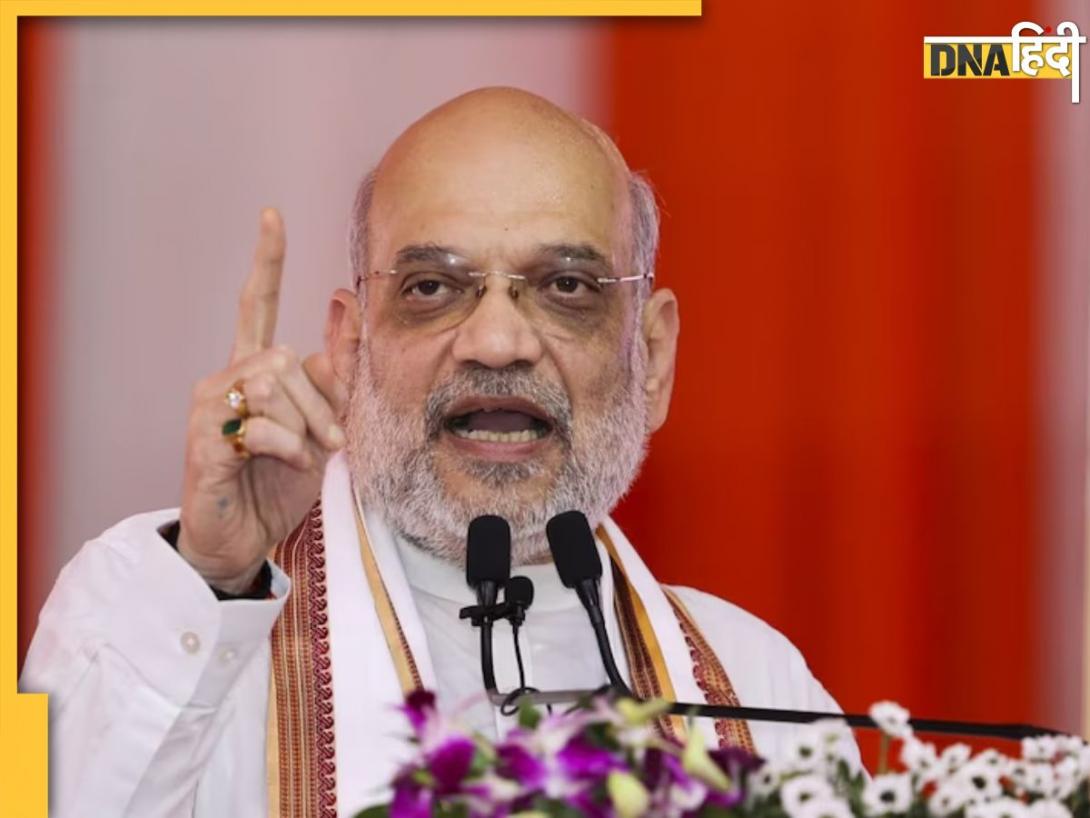






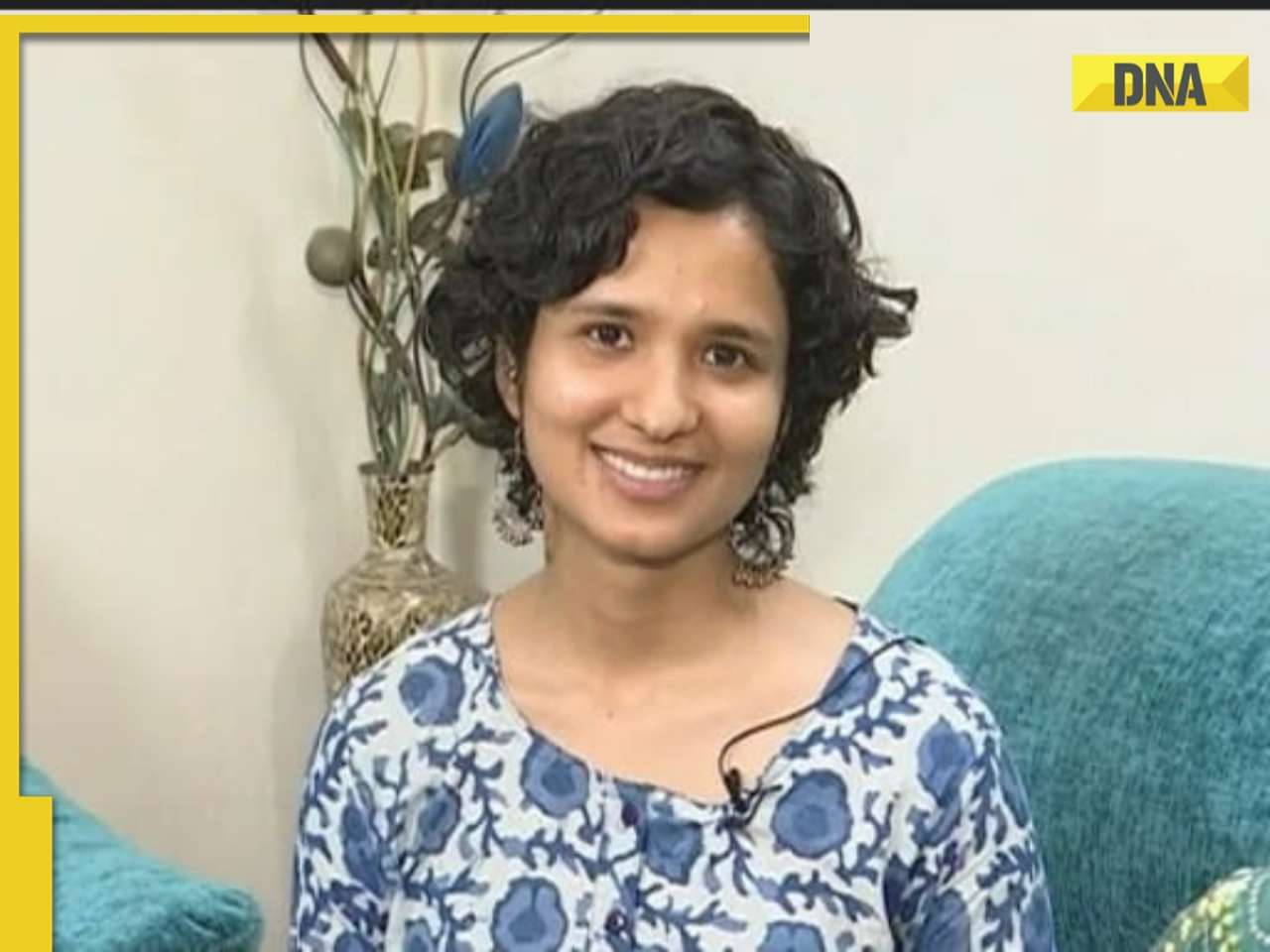

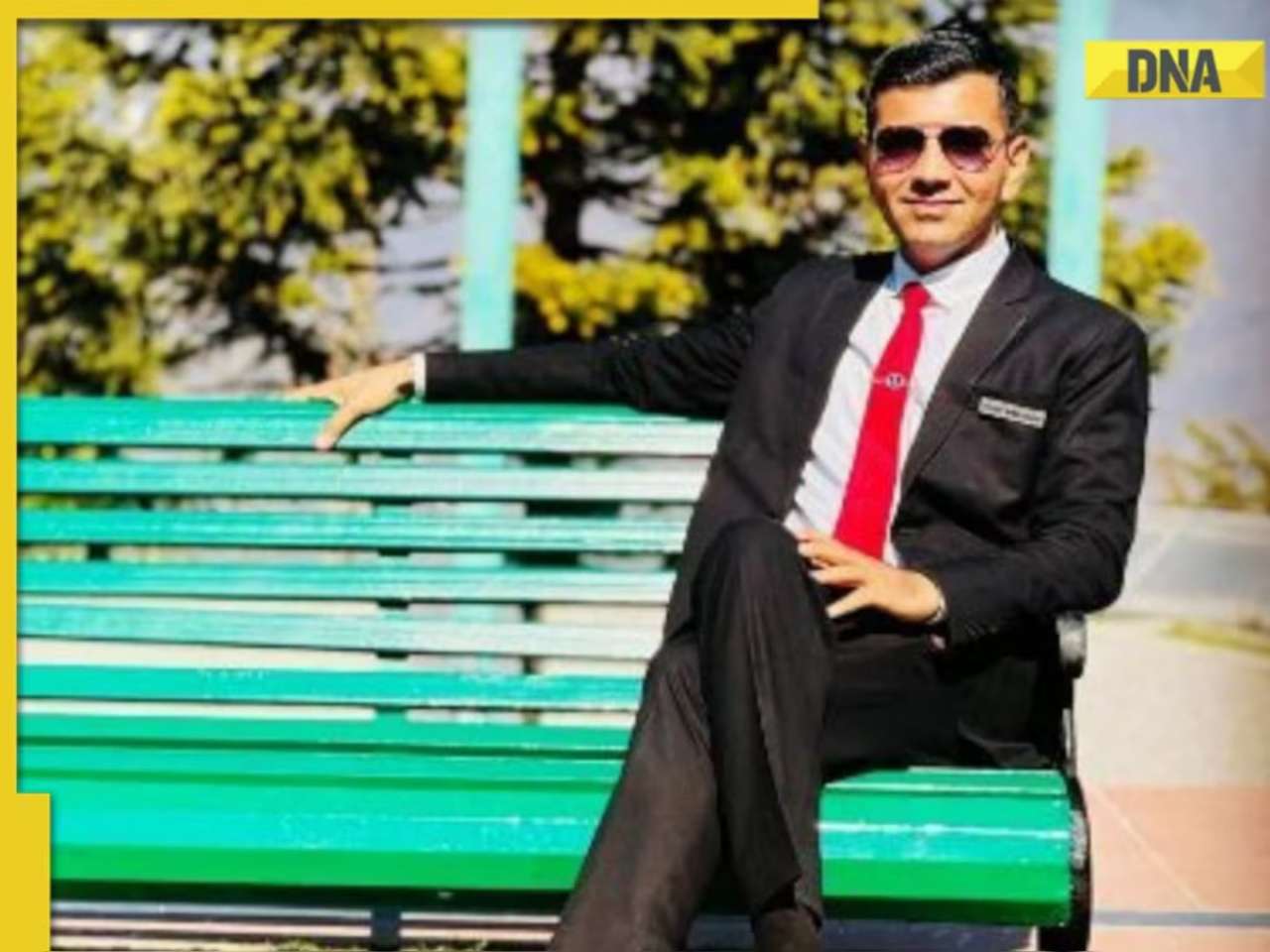

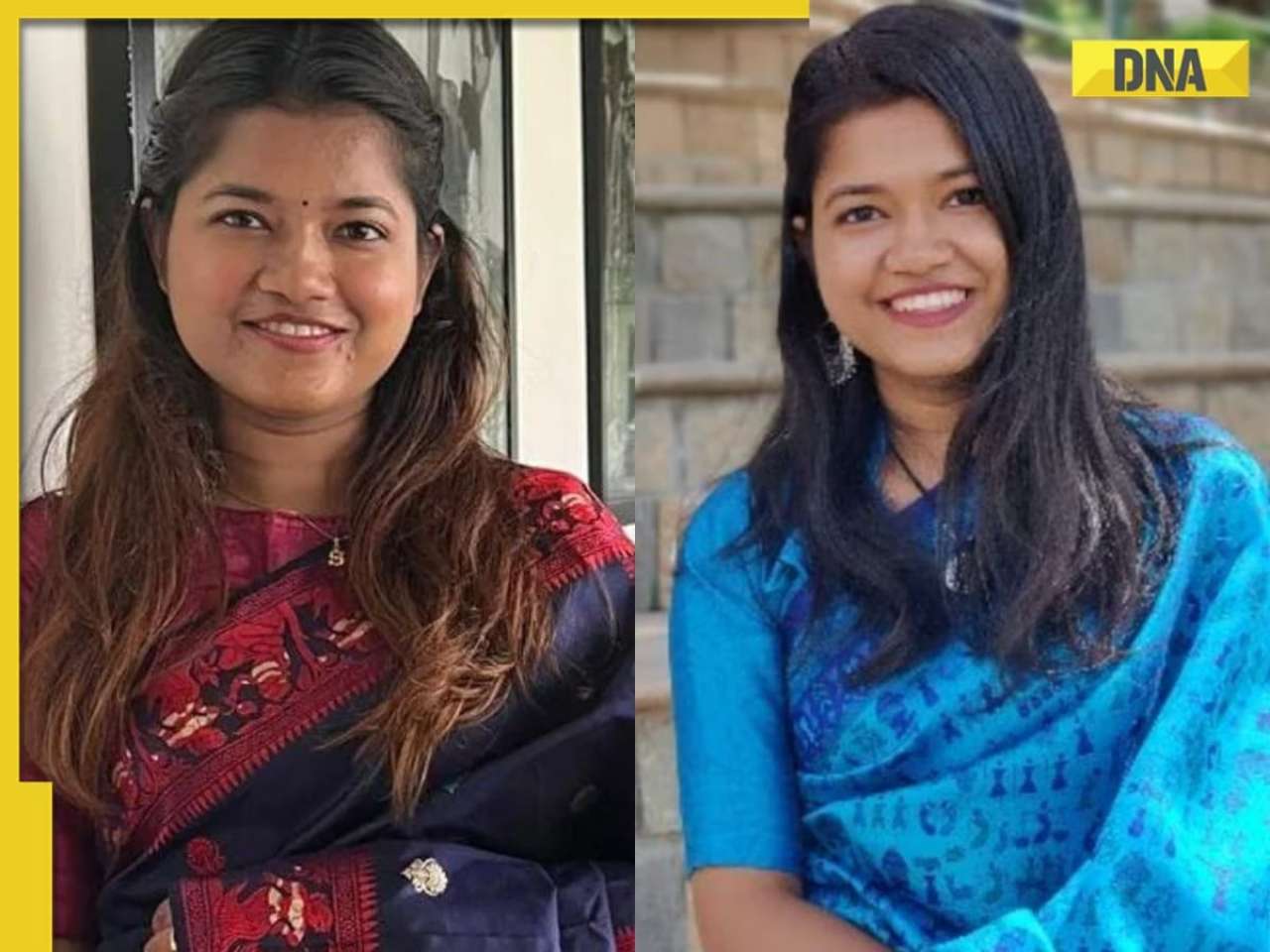

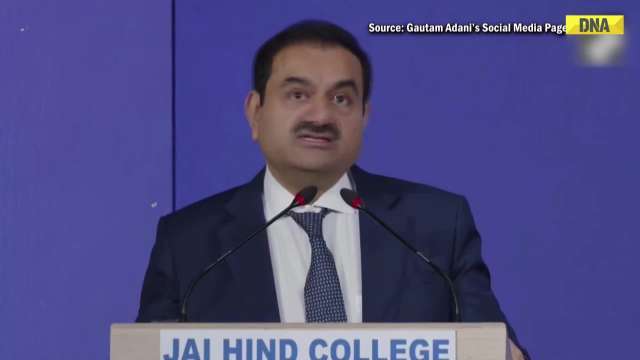

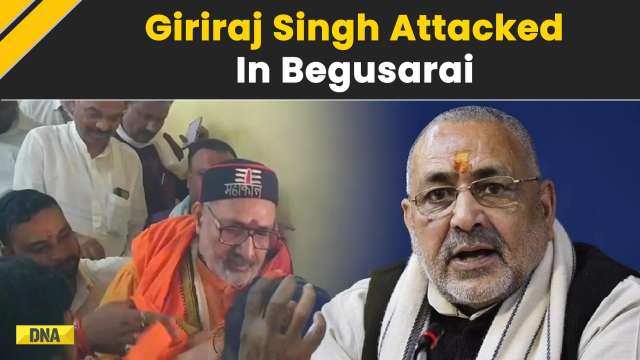
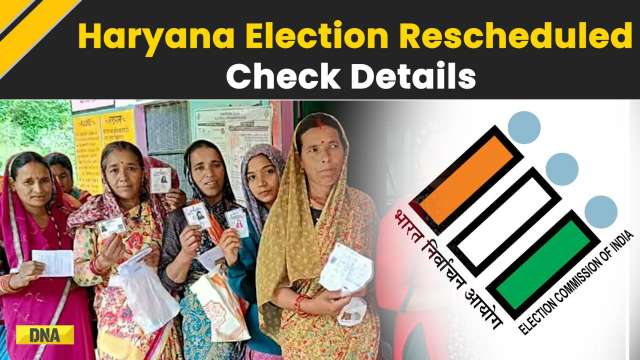


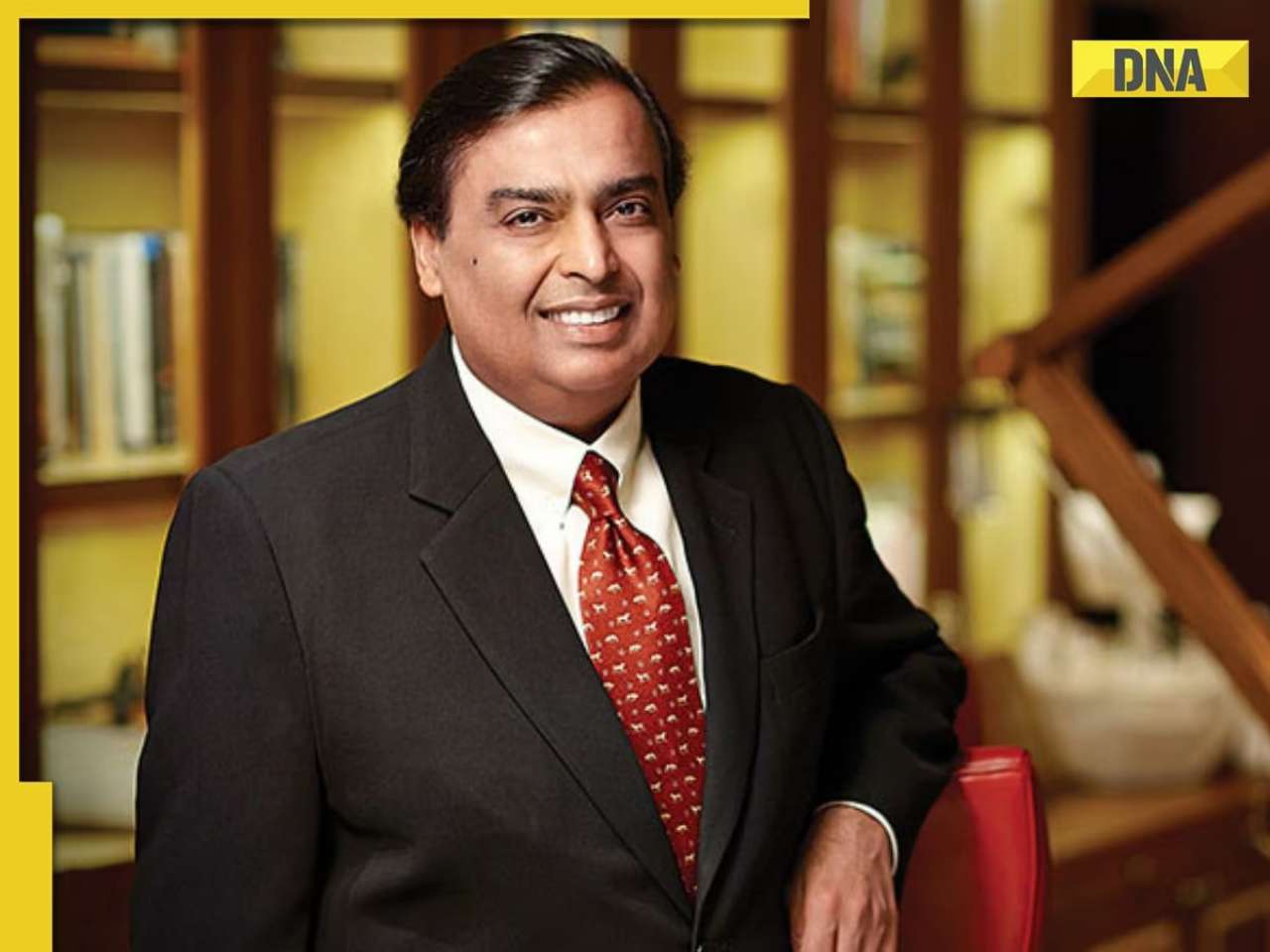

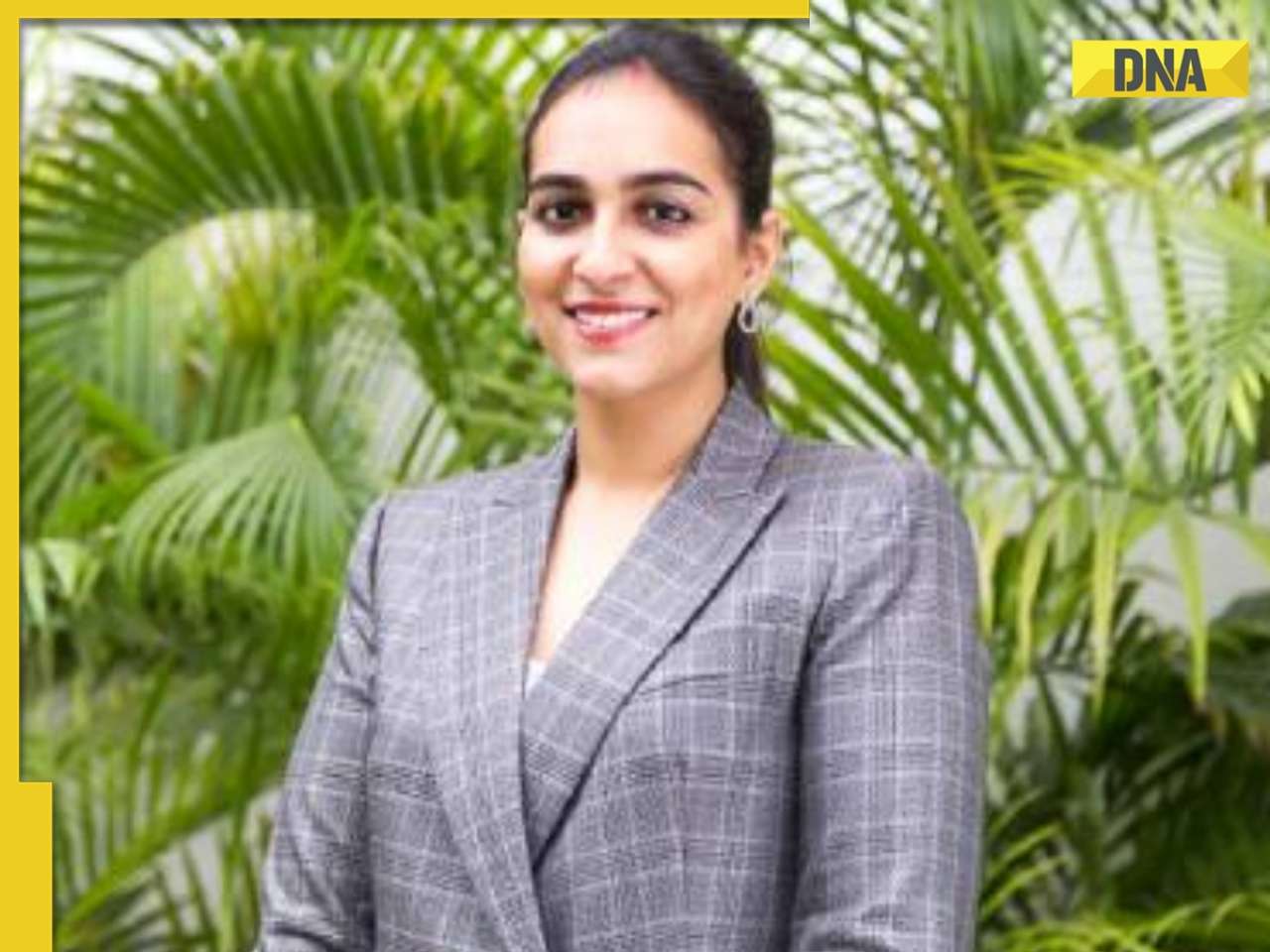

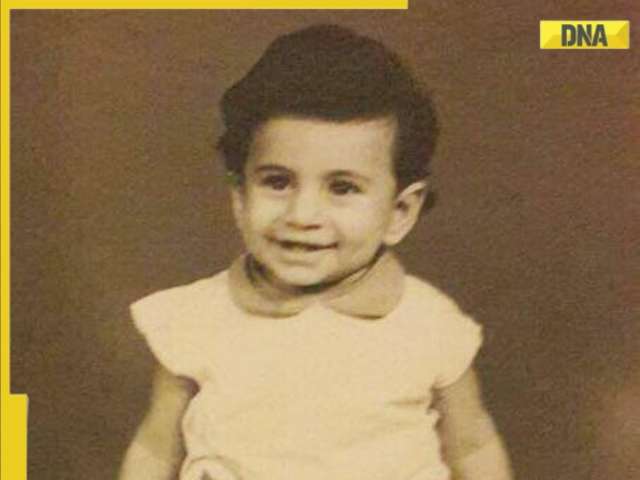




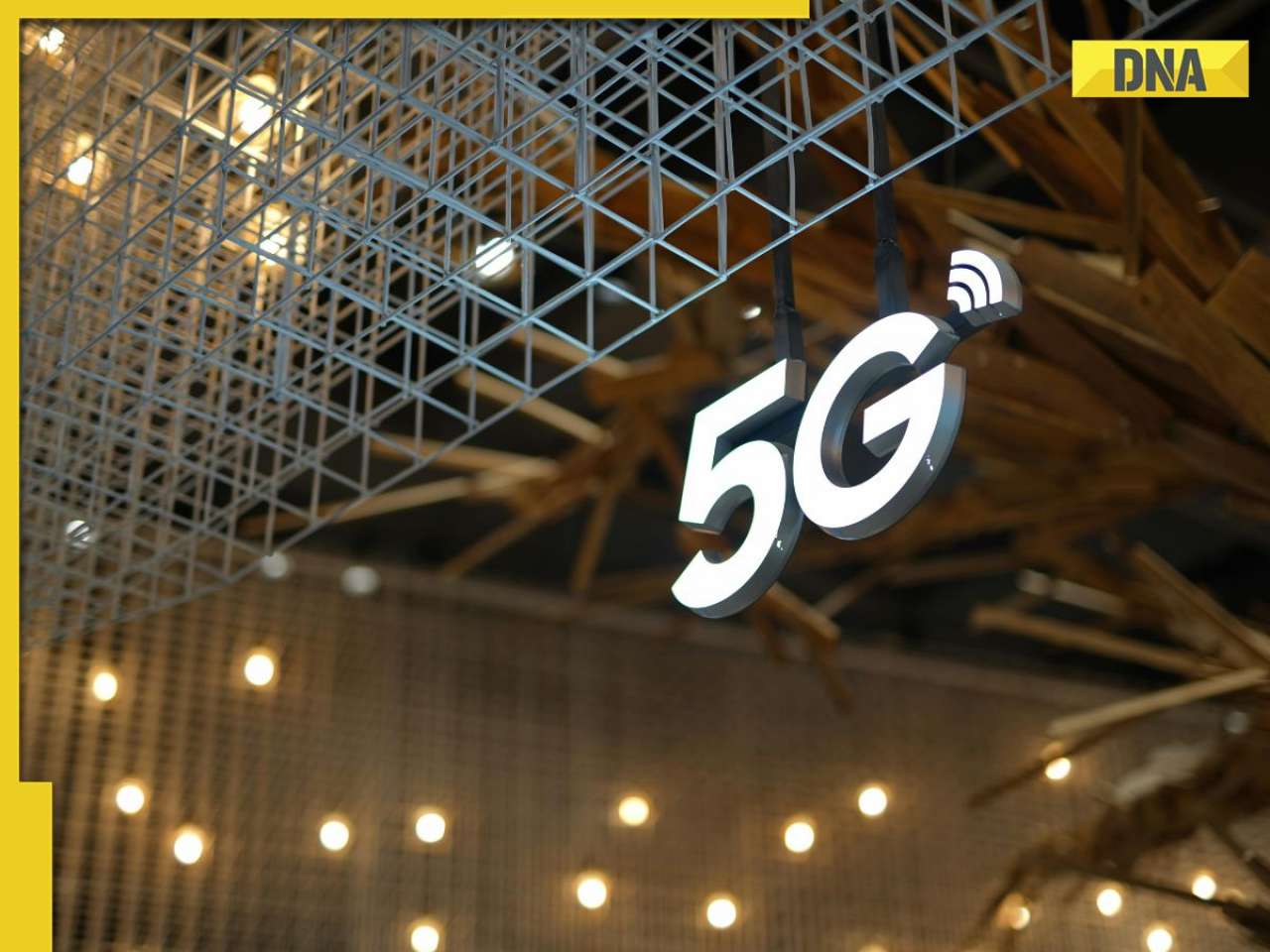
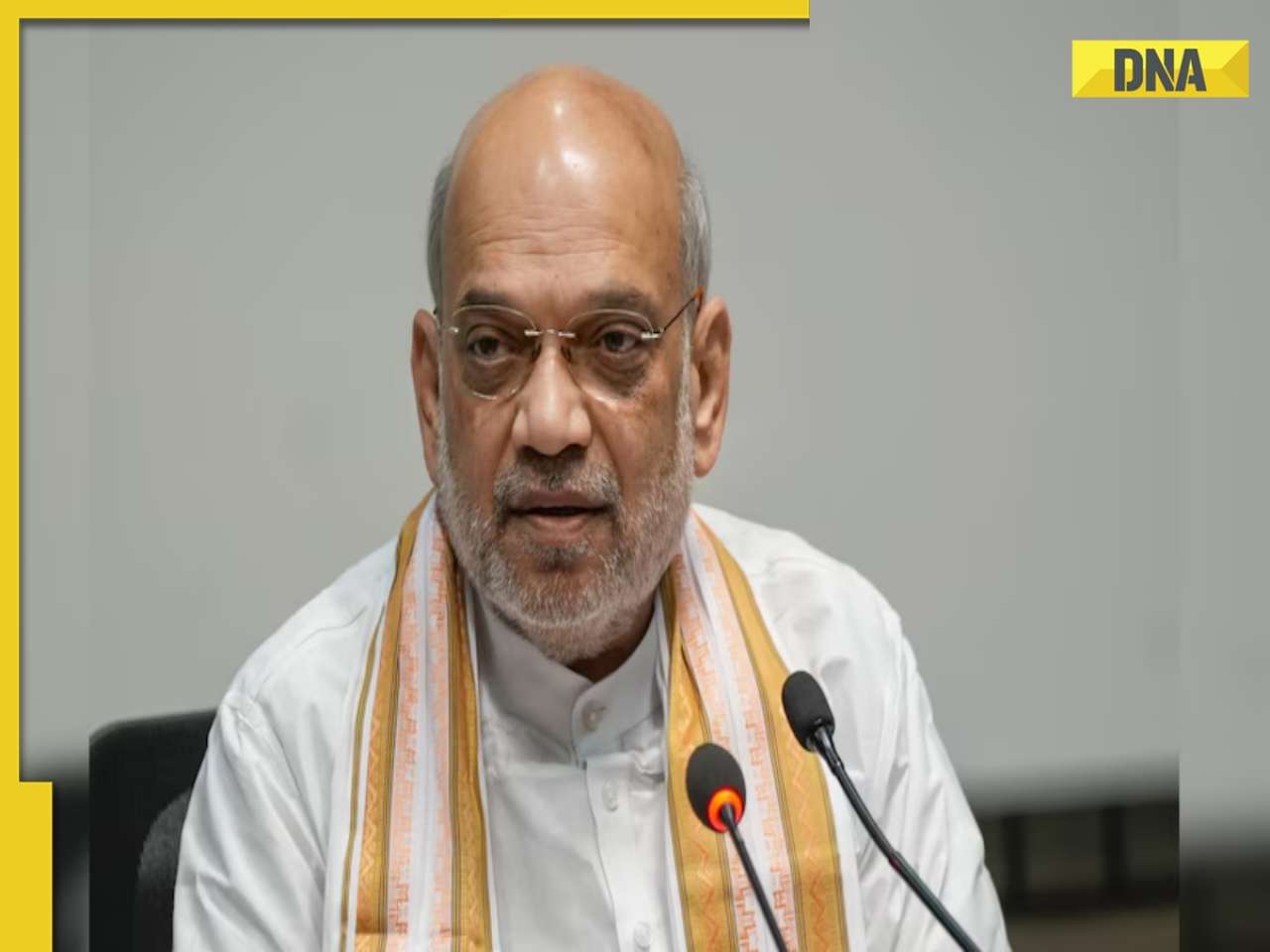


)
)
)
)
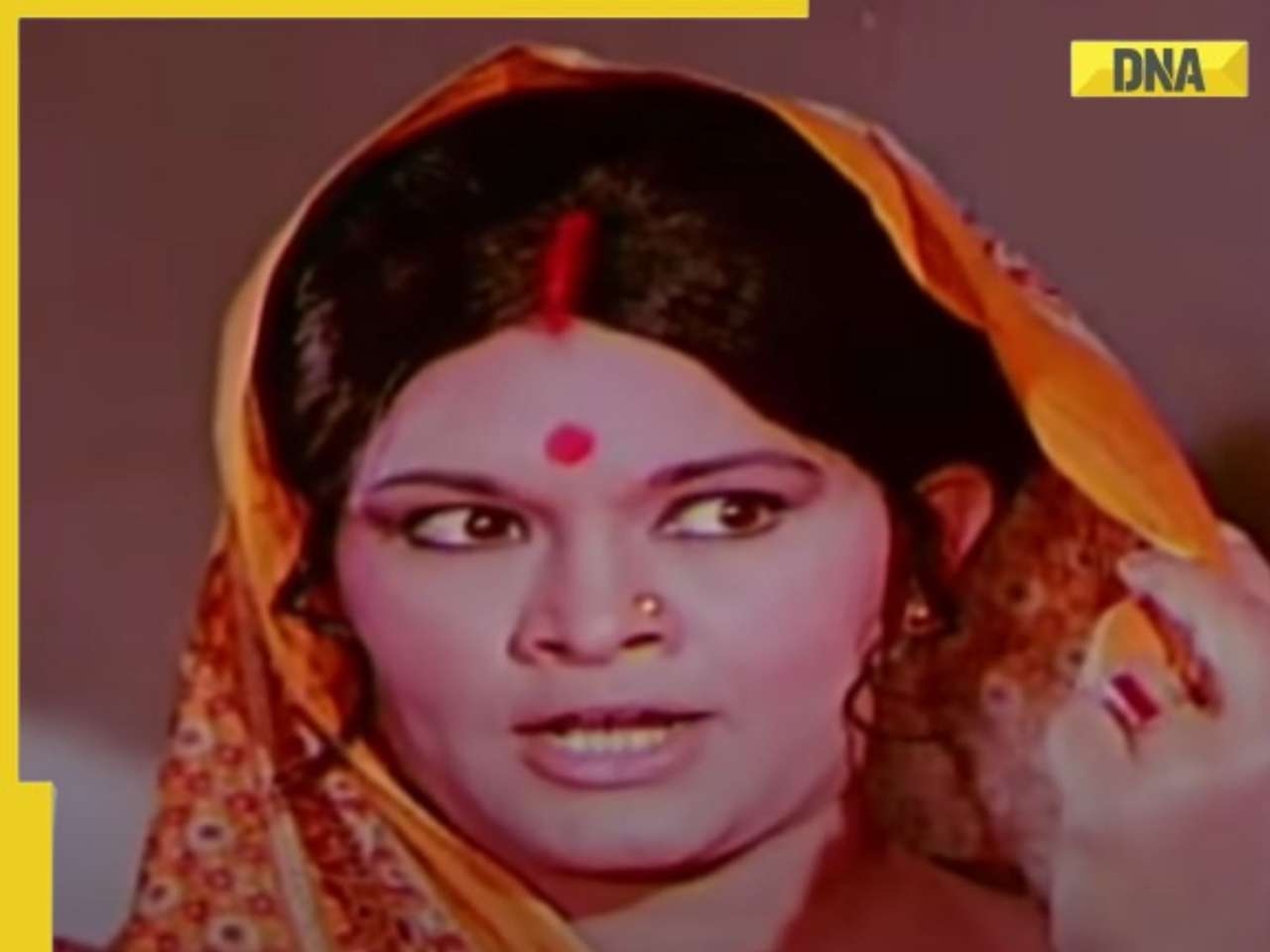)
)
)
)
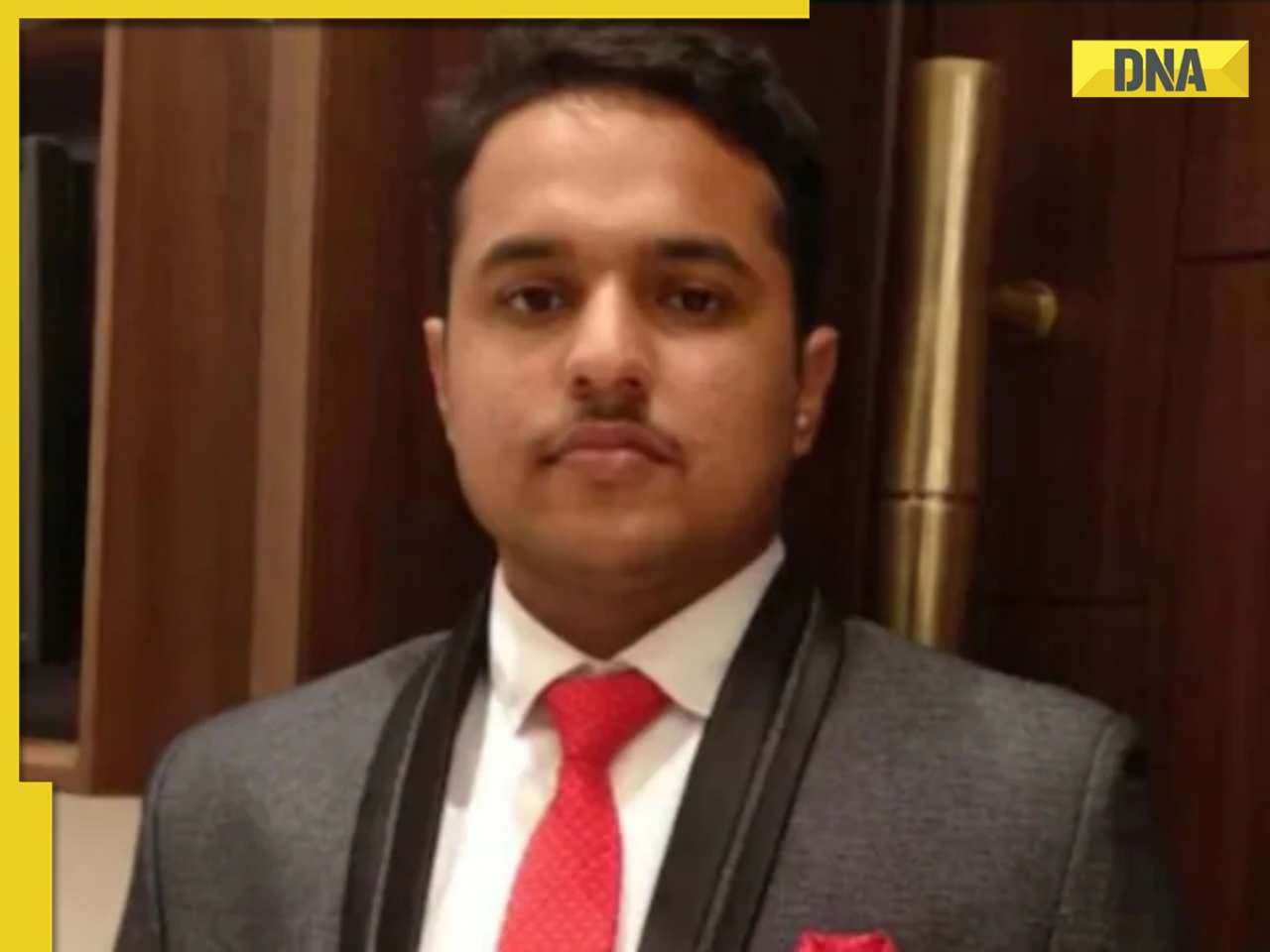)
)
)
)
)
)





)
)
)
)
)
)